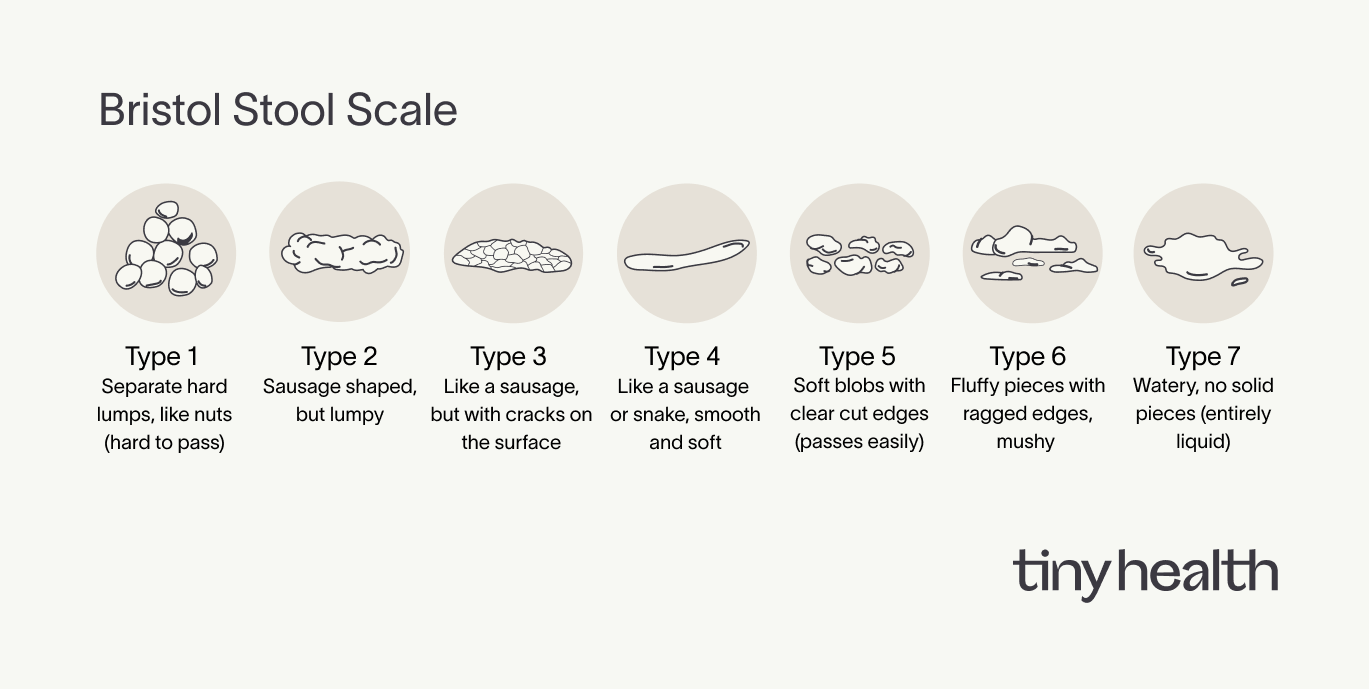References
[1] S. J. Lewis and K. W. Heaton, “Stool form scale as a useful guide to intestinal transit time,” Scand J Gastroenterol, vol. 32, no. 9, pp. 920–924, Sept. 1997, doi: 10.3109/00365529709011203.
[2] S. Mitsuhashi et al., “Characterizing Normal Bowel Frequency and Consistency in a Representative Sample of Adults in the United States (NHANES),” Am J Gastroenterol, vol. 113, no. 1, pp. 115–123, Jan. 2018, doi: 10.1038/ajg.2017.213.
[3] J. P. Johnson-Martínez et al., “Aberrant bowel movement frequencies coincide with increased microbe-derived blood metabolites associated with reduced organ function,” CR Med, vol. 5, no. 7, July 2024, doi: 10.1016/j.xcrm.2024.101646.
[4] B. D. Hosfield, A. R. Pecoraro, N. T. Baxter, T. B. Hawkins, and T. A. Markel, “The Assessment of Fecal Volatile Organic Compounds in Healthy Infants: Electronic Nose Device Predicts Patient Demographics and Microbial Enterotype,” J Surg Res, vol. 254, pp. 340–347, Oct. 2020, doi: 10.1016/j.jss.2020.05.010.
[5] J. W. McRorie and N. M. McKeown, “Understanding the Physics of Functional Fibers in the Gastrointestinal Tract: An Evidence-Based Approach to Resolving Enduring Misconceptions about Insoluble and Soluble Fiber,” Journal of the Academy of Nutrition and Dietetics, vol. 117, no. 2, pp. 251–264, Feb. 2017, doi: 10.1016/j.jand.2016.09.021.
[6] M. Bellini et al., “Chronic Constipation: Is a Nutritional Approach Reasonable?,” Nutrients, vol. 13, no. 10, Sept. 2021, doi: 10.3390/nu13103386.
[7] S. S. Rao, K. Welcher, B. Zimmerman, and P. Stumbo, “Is coffee a colonic stimulant?,” Eur J Gastroenterol Hepatol, vol. 10, no. 2, pp. 113–118, Feb. 1998, doi: 10.1097/00042737-199802000-00003.
[8] S. R. Brown, P. A. Cann, and N. W. Read, “Effect of coffee on distal colon function,” Gut, vol. 31, no. 4, pp. 450–453, Apr. 1990, doi: 10.1136/gut.31.4.450.
[9] T. Zuvarox, E. Goosenberg, and C. Belletieri, “Malabsorption Syndromes,” in StatPearls, Treasure Island (FL): StatPearls Publishing, 2025. Accessed: Nov. 12, 2025. [Online]. Available: http://www.ncbi.nlm.nih.gov/books/NBK553106/
[10] M. Bouchoucha, G. Devroede, and R. Benamouzig, “Are floating stools associated with specific functional bowel disorders?,” Eur. J. Gastroenterol. Hepatol., vol. 27, no. 8, pp. 968–973, Aug. 2015, doi: 10.1097/MEG.0000000000000380. PMID: 25966670.
[11] B. Burton-Freeman, "Dietary fiber and energy regulation," Journal of Nutrition, vol. 130, pp. 272S–275S, 2000, doi: 10.1093/jn/130.2.272S.
[12] T. M. Barber, S. Kabisch, A. F. H. Pfeiffer, and M. O. Weickert, “The health benefits of dietary fibre,” Nutrients, vol. 12, no. 10, p. 3209, Oct. 2020, doi: 10.3390/nu12103209.
[13] M. Barone, F. D'Amico, P. Brigidi, and S. Turroni, "Gut microbiome-micronutrient interaction: The key to controlling the bioavailability of minerals and vitamins" Biofactors, vol. 48, no. 2, pp. 307–314, Mar. 2022, doi: 10.1002/biof.1835.
[14] E. Dimidi, S. R. Cox, M. Rossi, and K. Whelan, “Fermented Foods: Definitions and Characteristics, Impact on the Gut Microbiota and Effects on Gastrointestinal Health and Disease,” Nutrients, vol. 11, no. 8, p. 1806, Aug. 2019, doi: 10.3390/nu11081806.
[15] M. Anti et al., “Water supplementation enhances the effect of high-fiber diet on stool frequency and laxative consumption in adult patients with functional constipation,” Hepatogastroenterology, vol. 45, no. 21, pp. 727–732, 1998.
[16] L. J. Mailing, J. M. Allen, T. W. Buford, C. J. Fields, and J. A. Woods, "Exercise and the gut microbiome: A review of the evidence, potential mechanisms, and implications for human health," Exercise and Sport Sciences Reviews, vol. 47, no. 2, pp. 75–85, Apr. 2019, doi: 10.1249/JES.0000000000000183.
[17] V. Monda et al., "Exercise modifies the gut microbiota with positive health effects," Oxidative Medicine and Cellular Longevity, vol. 2017, Art. no. 3831972, Mar. 2017, doi: 10.1155/2017/3831972.
.jpg)


